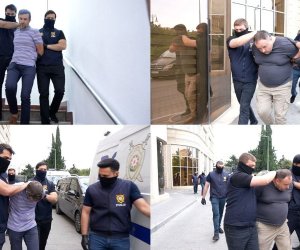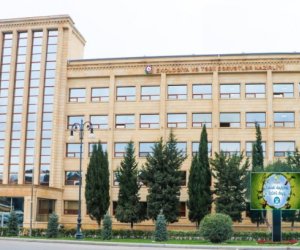Warriors of the White War emerge from their frozen tomb - PHOTO

Corpses emerge every time there is a hot summer in Trentino, a rugged part of the Italian Alps where countless men were shot, starved or froze to death in a three-year campaign.Whenever the gruesome finds appear, archaeologists must act within hours - because not only do the bodies decompose, they are also looted by opportunistic thieves.Dr Franco Nicolis, the director of the Trentino's Office of Archaeological Heritage, has blamed global warming for the surge in corpses found in the last decade.The last two soldiers, found side-by-side in 2012 on the Presena Glacier, were as young as 16 and 18 when they went to fight on the bitter Italian front and were buried by fellow fighters in a crevice. Archaeologists who studied their bones to age the bodies said both were shot in the head in 1918. One of the young men still had a spoon tucked into his uniform for digging away at rations.Other remains have been found almost every year before that dating back to 2004, when a major discovery of three Austrian soldiers buried in the ice made global headlines.Dr Nicolis, who watched the autopsy of the most recent bodies, told MailOnline: 'It was very emotional. The first moment I looked at the boy I thought about his mother, who would have seen him for the last time and never heard from her young son again.'More than a million soldiers from both sides were killed on the Italian front, which ranged across more than 400 miles with battles lasting almost the entire length of the First World War.The long fight, much of it in the mountains where blizzards could send temperatures dropping to minus 30 degrees celsius, was between Italian forces and those of the Austro-Hungarian Empire.Although the two sides had been allies until the time when war broke out, old emnities quickly showed and in April 1915, Italy changed sides by signing the Treaty of London in secret.Russia, France and Britain - all part of the Triple Entente - persuaded Italy to leave the Triple Alliance, which it had until then maintained with Germany and Austro-Hungary.The brutal mountain war stretched on until October 1918 and the Battle of Vittoria Veneto, which saw the final defeat of Austro-Hungarian troops and a crucial victory for those on the Western Front.Historians have been collecting material from the mountains ever since, with regular finds since the early 1990s.Discoveries have included clothes, shoes and a remarkably intact letter from a soldier to his lover.On the peak of Punta Linke, historians uncovered an entire cableway station concealed beneath the ice, with soldiers' letters still pinned to the walls.But recovering the bodies is not easy because of looters and thieves, claimed Dr Nicolis.'We're not able to go on the glaciers and research the bodies ourselves,' he said. 'We have to wait until they are found by people making excavations for work or hiking.'Usually people take away everything from the body and only call us or the police afterwards. Often we find bodies with none of the equipment of a soldier around them.'People then sell what they've found online - I've seen it happening. It's surreal that you would get people going up the mountain just to find 100-year-old things they could sell on the internet.'There were no bodies last year, said Dr Nicolis. Now his team are waiting to see whether any will turn up this summer - but after heavy snow in the last few months, they fear the secrets of the past could remain hidden for many years longer.(dailymail.co.uk)ANN.Az




































 Photo
Photo 



 Video
Video 

